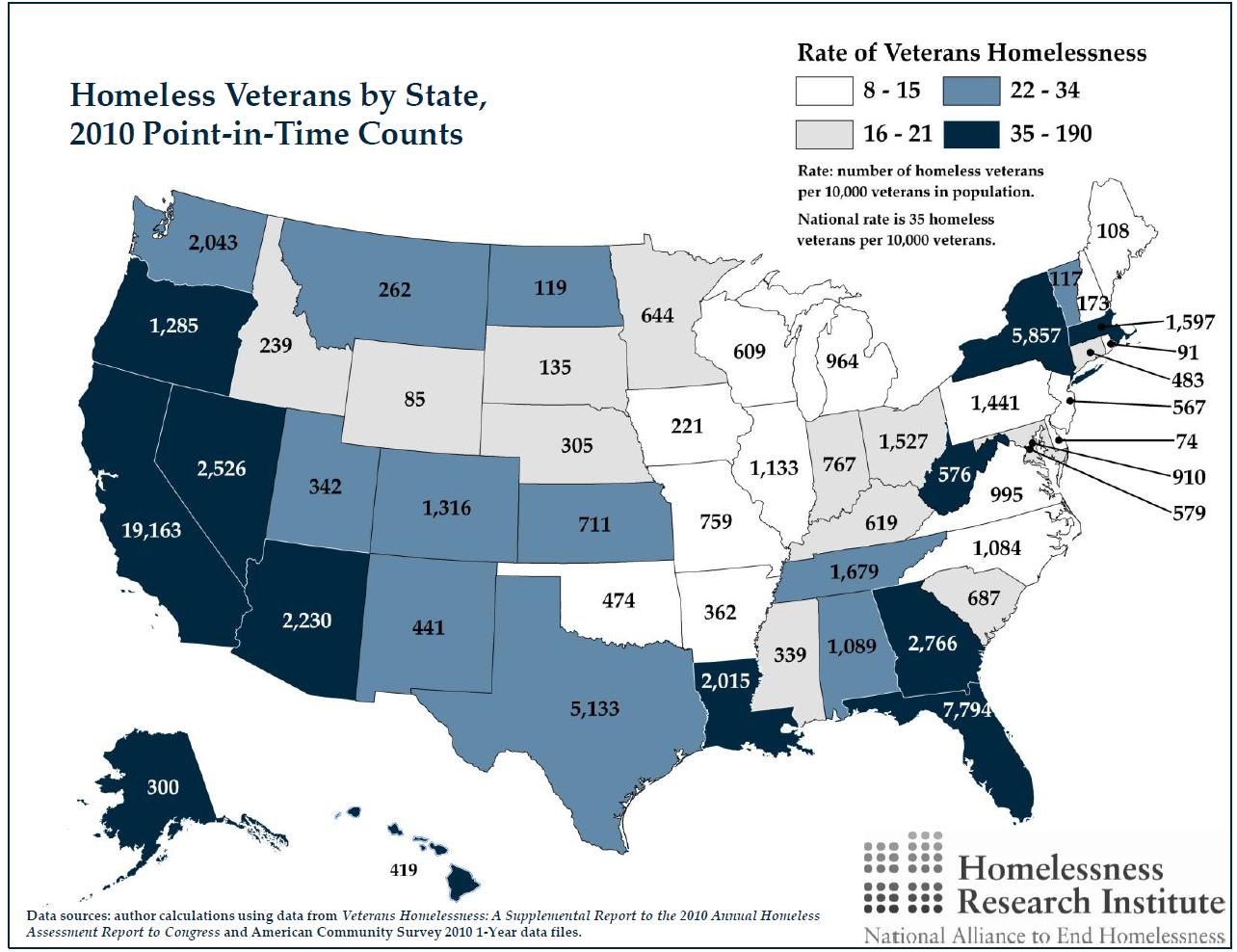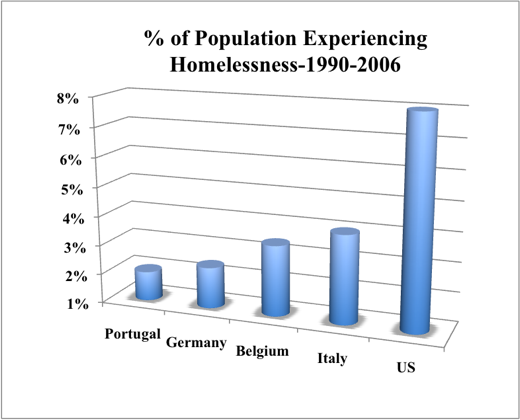We also learned today about the different types of people who experience homelessness and how their needs and situations can vary so greatly. Youth for example are often fleeing a home-life situation. Sometimes they need to be reunited with family and other times they are escaping that danger. For this reason, each case must be evaluated and alleviation efforts must be specialized. Since they did not come from an independent position, most will need assistance programs to get started in life. Whether escaping abuse or addiction or simply aging out of foster care, children need a permanent housing situation to succeed. They may also need educational help and resources for income. Families usually require Rapid Re-housing and financial assistance. They are often just down on their luck and can find ways to be independent again after a short time. Veterans need extra consideration and care with the various mental illnesses that they can be afflicted with. They need housing and assistance programs and should be a top priority after their dedicated sacrifice of service. The chronically homeless are a different situation. Often, they have serious physical and mental disabilities and need permanent housing and services. They have demonstrated a struggle to survive independently and may need persistent and long lasting assistance.
I think that this direct approach to solving homelessness is definitely one of the best. By putting homeless people into homes, there is no arguing that a problem is being solved. However, there are some difficulties that should not be overlooked. In these cases, the treatments are so individualized and specific that there cannot be a clear plan. There cannot be a decisive path of action when each person must be evaluated for the best option. There are obvious benefits to this as well, but it takes much more time and is less efficient. Overall, I think this is a great idea. As they stated, it is cost efficient and keeps people out of trouble. By providing homes to people instead of building more shelters, we treat them like the human beings they are. We show respect and see results. If you're trying so hard and things just don't go your way, it is our responsibility to help. One day it could be you or me down on our luck begging for assistance or change. People need a safe and comfortable place to live if they want to improve their situation. I believe this is a great way to start and that real benefits will be apparent.
 http://www.nchv.org/images/uploads/Homeless%20Veterans%20Map_2010%20PIT.jpg
http://www.nchv.org/images/uploads/Homeless%20Veterans%20Map_2010%20PIT.jpg
http://www.endhomelessness.org/page/-/assets/img/editorFiles/Image/figure%201.2%20SOH2012.png
 http://upload.wikimedia.org/wikipedia/commons/4/44/Streetwise_vendor_1.jpg
http://upload.wikimedia.org/wikipedia/commons/4/44/Streetwise_vendor_1.jpg








